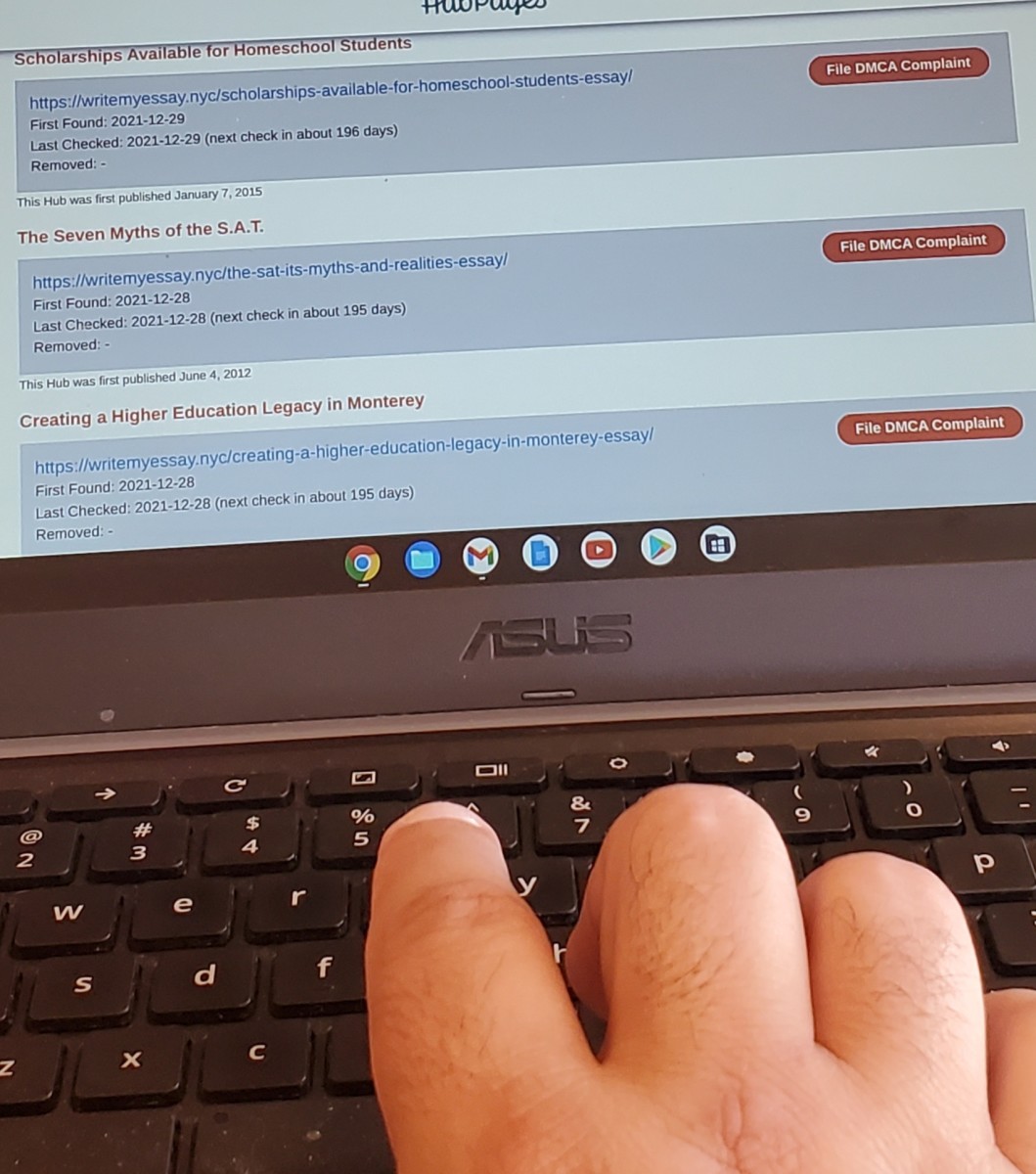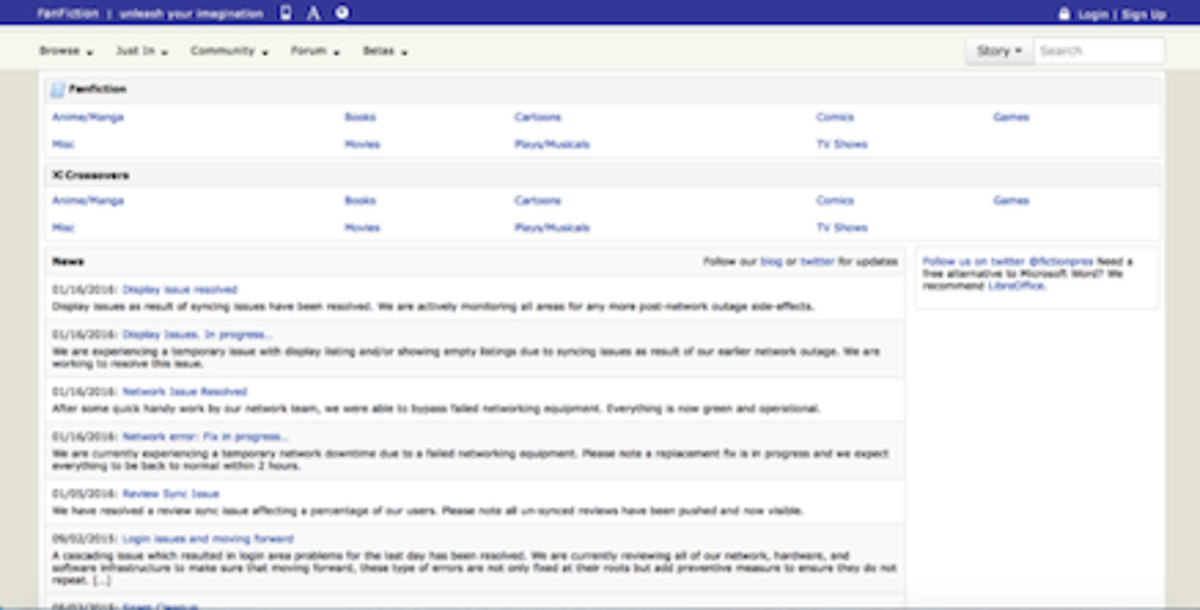Intellectual Property
A war has been raging between the technology behemoths, Apple and Samsung. Wars used to be about land, money or power now it is about ideas. Knowledge is power has taken on a whole new meaning. It has become harder than ever to protect ideas from those who would use them for their own gains.
Luckily, for most companies there are measures which can be taken to protect ideas and processes. This is called intellectual property and it is probably the biggest and most valuable asset in the 21st century. New ideas can create a multibillion dollar (or pound) company and it could all be taken away if the idea is stolen. This means that it needs to be protected and there are a number of ways that a company or individual can do this.
Patents: The most obvious thing that people think of when protecting their ideas. It is both famous and notorious. It used to be the haunt of crackpots sending in their ideas for perpetual motion machines and other such devices which break the laws of physics supposedly. Well patents have moved on since those days. There are essentially three criteria any process must tick before it can be patented.
-
It must be Novel so basically new; you can’t just patent something that already exists. This is pretty much common sense and stops people from patenting things that have already been around.
-
It must have an inventive step. It can’t just be something which someone in the business would consider to be normal practice. There must be something unique about what you have done. This means you can’t just patent normal practice in your field of work.
-
It must be makeable. This is to stop people from coming up with wacky ideas which satisfy the first two but are not actually realisable. This includes things like perpetual motion machines which can be designed so as to break the second law of thermodynamics but can never actually be made.
So once these three are satisfied then you can apply for a patent. It is important to note at this point the limitations of a patent. It is only enforced in the country you apply for. But, the plans behind your patent will be available to everyone around the world to view. Another issue is that it allows you to defend your right to the idea in court. It does not offer automatic protection from people stealing the idea. This means a patent is as good as the money you have to defend it in court. Finally patents only last for around 20 years.
Another protection method is to protect the design. This is essentially to protect what your product looks like. This is especially important for commercial products where much investment and time has gone into the design aspect of the product. This is why apple and Samsung have been at the courts for so long. This type of protection usually lasts for 25 years depending on the specifics. It cannot exclude other companies from matching other products. This is for things like connectors which other companies can make their own versions of.
Many companies have spent a great amount of money on building a brand which in some cases could be the biggest asset. This needs to be protected and can be done so via the use of a trademark. This protects the logo and brand identity. The main concern here is impersonation. This gives the impersonator brand identity which they should not have. It may also tarnish the image of the company be selling sub-par or even dangerous goods. A registered logo comes under Registered with the ® sign. An unregistered logo will have the ™ sign. Trademark provides indefinite protection to a company.
For authors and perhaps blog authors, their ideas and product are already out there. It could not be easier to steal written text and this can be protected using a copyright. It protects the expression of an idea essentially. For books, this offers the author protection for the duration of their life and for 75 years after death. For programmers it is not so kind, only 15 years after death. In reality very few programmes even survive the lifetime of a programmer.
An interesting type of intellectual property protection is open source. Open source essentially is free for anyone to use. However what if someone uses your idea or code and something goes wrong. Are you liable for this, well in almost all cases no! Also your idea cannot then subsequently be patented by some conglomerate.
All of the above ways are all hard ways of protecting your idea. It uses lawyers and courts to make sure that no one steals the idea. This is all great but many successful practices in a company may not fall into any of the above. It may be a general practice or idea that is applied in a useful way which puts you above the competition. The best way to protect such ideas is to have non-disclosure agreements with the staff. This means that they are forbidden from revealing the company secrets. This combined with the general good treatment of staff works in the majority of cases.
A point to keep in mind is that coca cola a company with net revenue in 2010 of $35 billion had never patented its recipie. It is a closely guarded secret. It shows perhaps that this may be the best way of ensuring no one steals your idea. Obviously this is not always possible and so many of the procedures that I have elaborated on are used very regularly.








